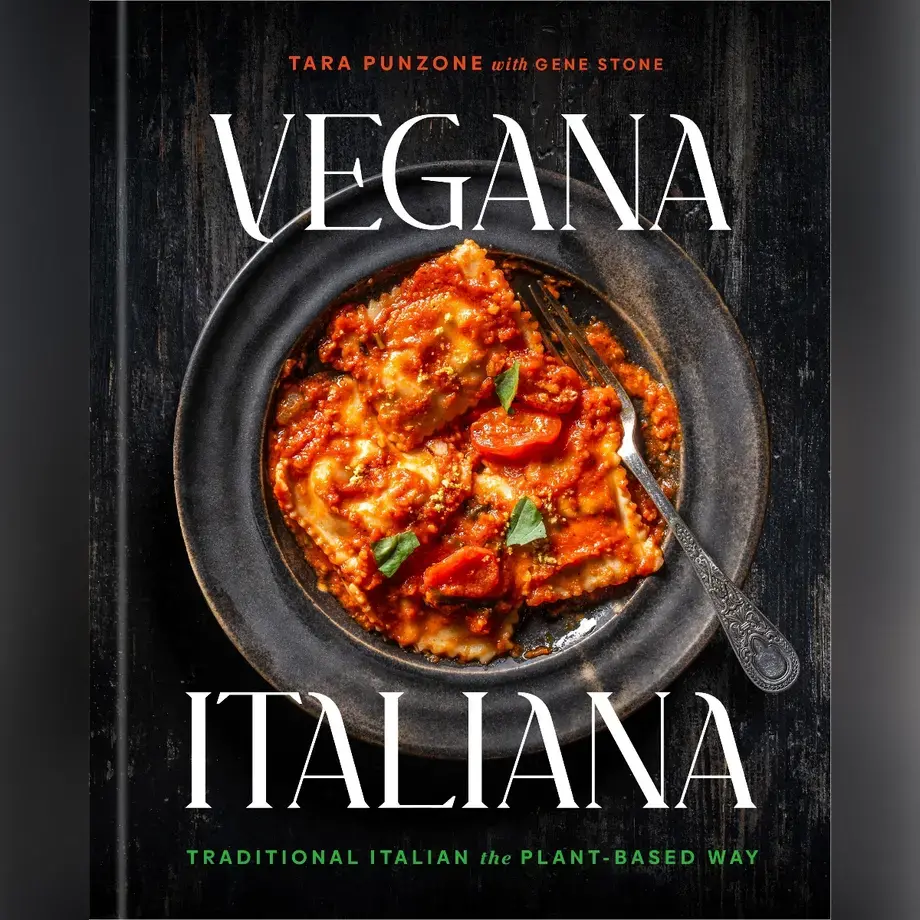Cooking with cinnamon
When cooking with cinnamon, the recipe will usually call for either ground cinnamon or cinnamon sticks. Cinnamon sticks are the curled quills of dried bark as harvested from the tree, while ground cinnamon is simply the same bark ground into a powder. Cinnamon sticks typically give a milder flavour and are added to liquid recipes with slow cooking times, to allow the spice to infuse. The stick is removed and discarded after cooking. Ground cinnamon is stirred into dry mixtures, recipes that cook more quickly, or those that require a stronger flavour.
It is fairly straightforward substituting ground cinnamon for cinnamon sticks, but be careful not to overpower the dish. Try using ½ teaspoon of ground cinnamon per stick, then tasting to see if it needs any more. Substituting sticks for powder is trickier. If it’s a quick recipe, the stick may not have time to infuse, and you may need to use two or three sticks to extract the same flavour. If your recipe involves a dry mixture, cinnamon sticks will not be practical in their current form, but you should be able to grind them into a powder yourself using a spice grinder or a grater.
Using cinnamon around the house
As well as adding flavour to food, cinnamon has a delicious scent that can be used to make your house smell of freshly-baked cookies or cinnamon toast every day, a particularly popular choice during the festive season. You can make your own natural scent diffuser using ¼ cup almond oil and 20 - 25 drops cinnamon essential oil. Place in a glass container with a narrow opening and add some reed diffusers. Or to make a natural cleaning solution, combine 1½ cups vinegar, 1½ cups water and 30 drops cinnamon essential oil in a reusable spray bottle.
Using cinnamon in the garden
There are also a surprising number of uses for cinnamon in the garden. It can be dabbed onto fresh plant cuttings with a damp towel to stimulate root growth and can also be used as an antifungal agent to prevent damping off disease and slime mould. Cinnamon is also good for repelling ants. Simply find where the ants are coming from - often a hole in between paving slabs or bricks - and sprinkle it with cinnamon.
Cinnamon spice: benefits
There may also be health benefits to eating cinnamon. It is an anti-inflammatory and contains antioxidants that protect your cells from damage and can help to prevent disease. It also has anti-microbial properties, meaning that it could be effective at fighting infections caused by bacteria, fungi or viruses.
Cinnamon is thought to be particularly good for people with type 2 diabetes. It increases the body’s sensitivity to insulin, the hormone responsible for transporting sugar from the bloodstream to the cells, where it is converted into energy. This means that the insulin is able to move sugar around more efficiently, lowering blood sugar and helping to maintain a healthy metabolism. There have been several human studies into the anti-diabetic effects of cinnamon, and results suggest that a dose of between 0.5 - 2 teaspoons a day can lower fasting blood sugar levels by 10–29%
There is also some evidence to suggest that cinnamon can help prevent heart disease, neurodegenerative diseases and even cancer. It has been shown to lower blood pressure in animal studies, and can lower LDL, or ‘bad’ cholesterol and increase HDL, or ‘good’ cholesterol, all of which suggests that cinnamon could be good for maintaining a healthy heart. It slows the build-up of proteins associated with Alzheimer’s in the brain and may also inhibit growth of cancerous cells and prevent blood vessels from growing within tumours. Most of these experiments are still in early stages, however, and more studies are needed before we can say for sure.
As always, if you are unsure about anything you should consult a medical professional, but if you do decide to increase your intake of cinnamon, you should stick to true cinnamon and avoid cassia, or Chinese cinnamon. Cassia contains higher concentrations of a substance called courmarin, which has been known to cause liver disease if consumed in large quantities. True cinnamon contains only a trace amount of courmarin, making it a healthier option.
Cinnamon spice: properties
Cinnamon is very low in Saturated Fat, Cholesterol and Sodium, and is a good source of several important nutrients. Just one tablespoon of ground cinnamon contains around 16% of your recommended daily intake of dietary fibre and 68% of your recommended daily intake of manganese. It is also a good source of Vitamin K, Calcium and Iron.
It is also well known for its antibacterial properties and may be useful as a natural preservative. Scientists have found that relatively small amounts of cinnamon can significantly reduce the growth of harmful bacteria, which they believe is due to an active ingredient known as cinnamaldehye. This could prove particularly helpful for use in food and cosmetics, where synthetic preservatives such as methylparabens have been known to cause allergies.
Cinnamon is also thought to aid digestion and has been used in traditional Ayurvedic medicine for centuries, to soothe upset stomachs and as a cure for gas and bloating. To make your own soothing Ayurvedic tea, simply steep one cinnamon stick and a green tea bag in a cup of boiling water for five minutes, add a teaspoon of raw honey and a squeeze of lemon.
Recipe ideas with cinnamon














